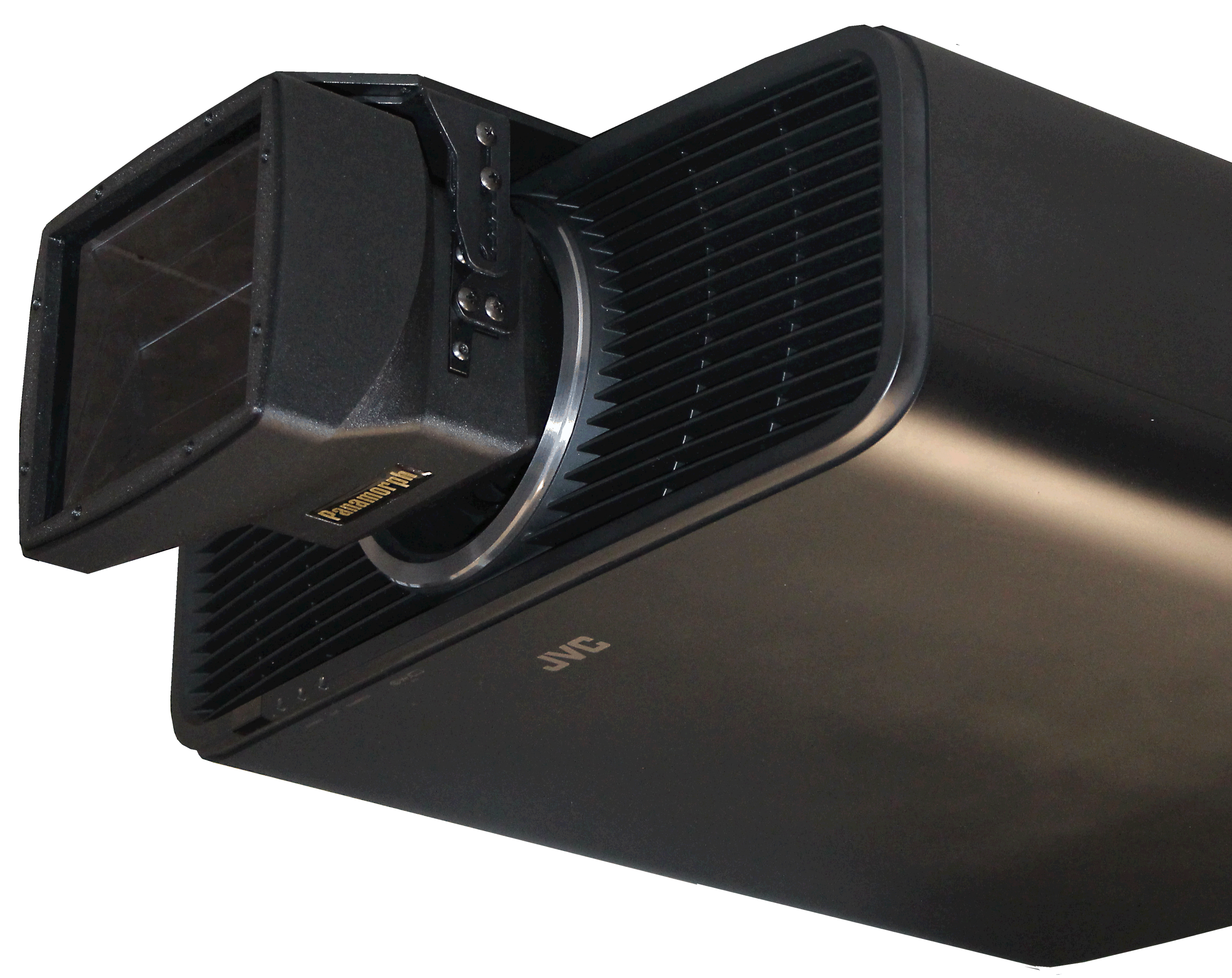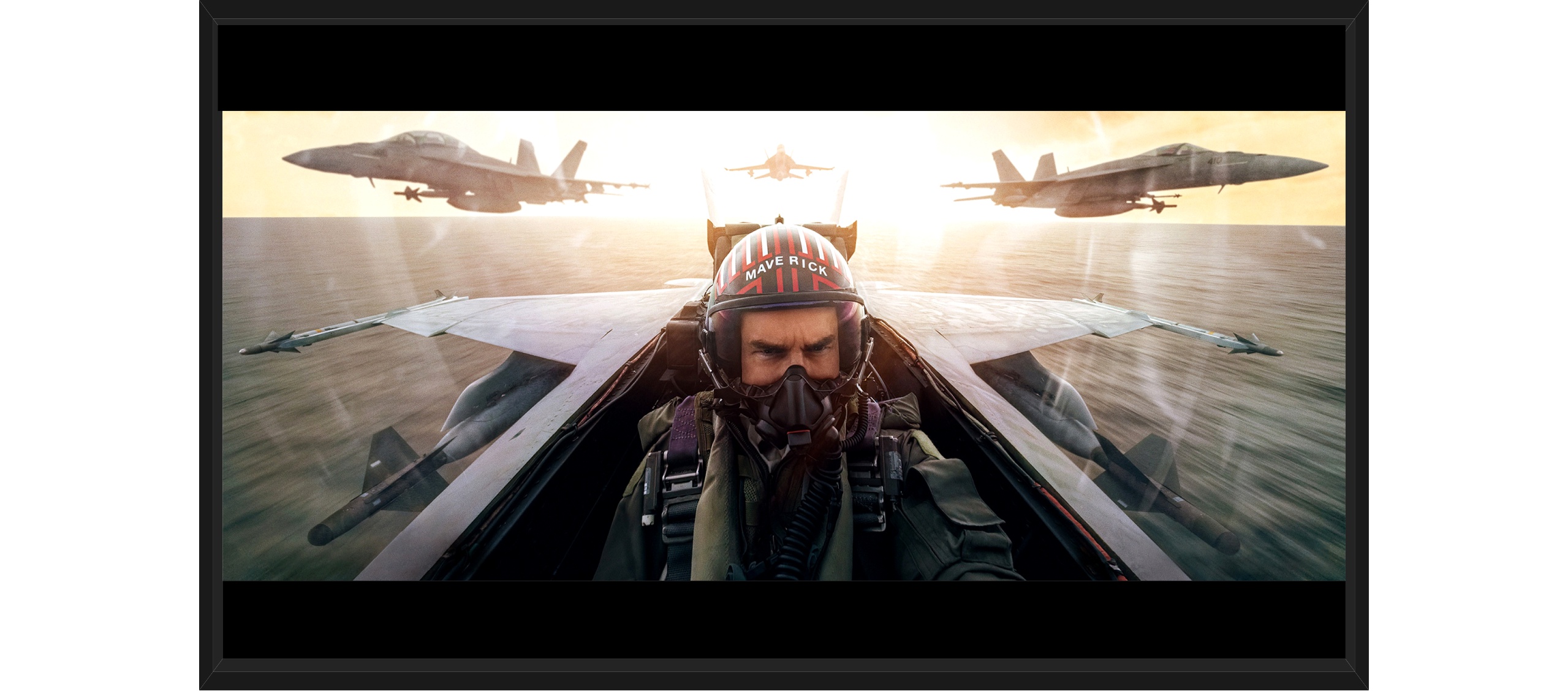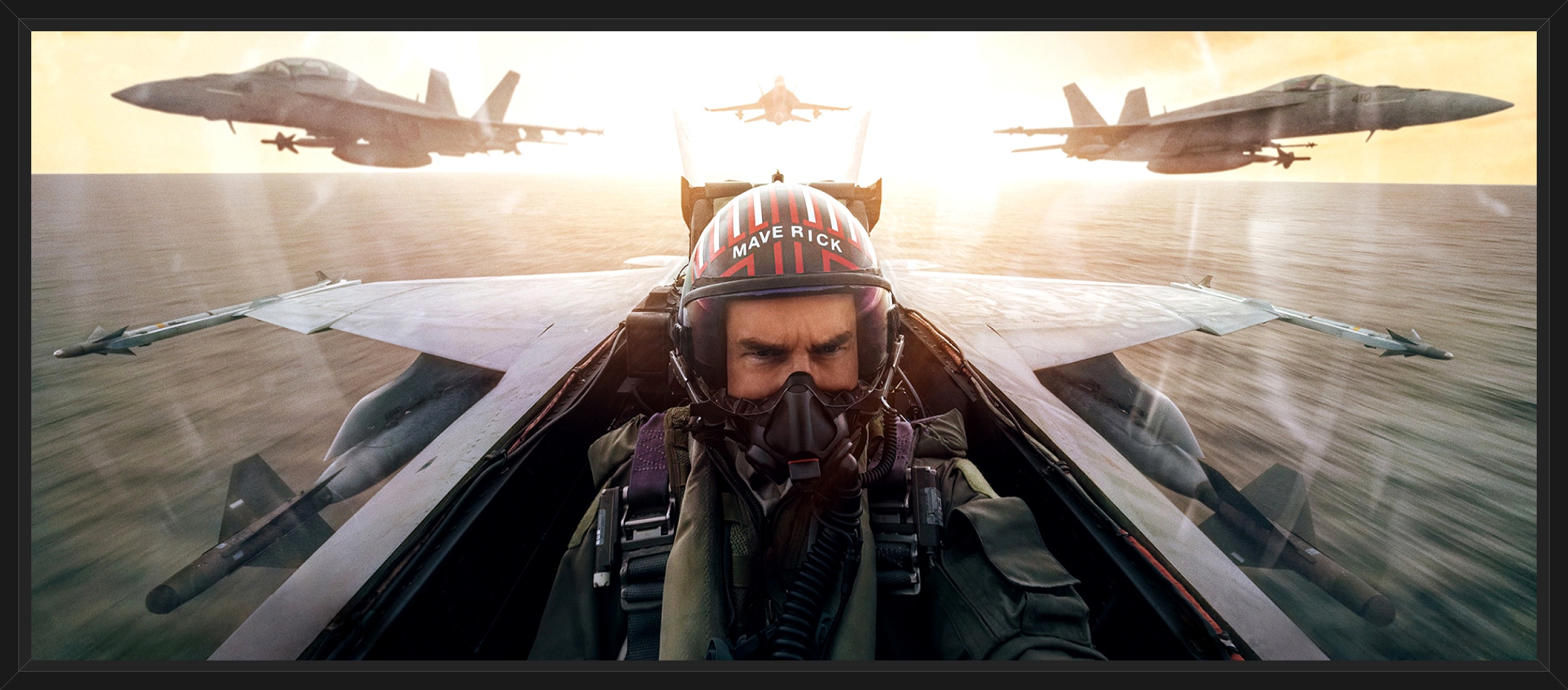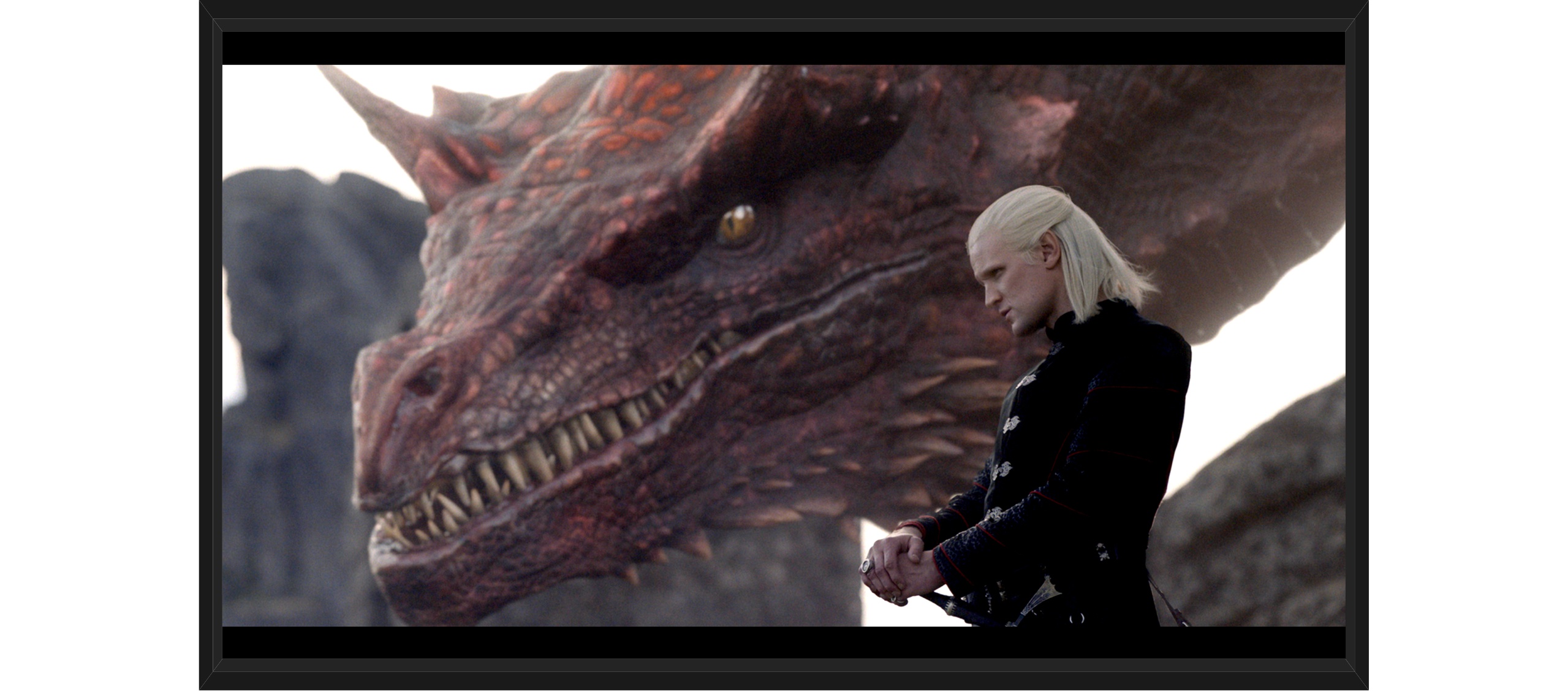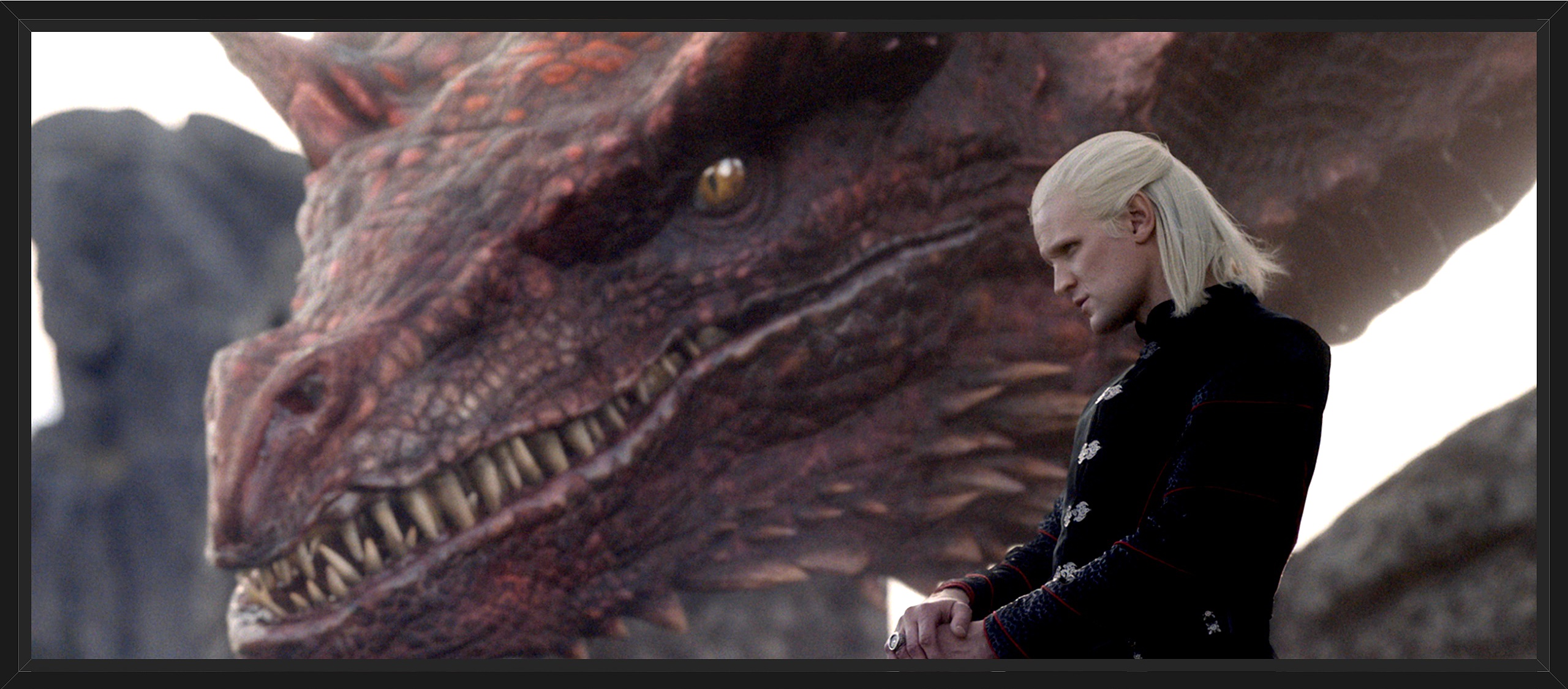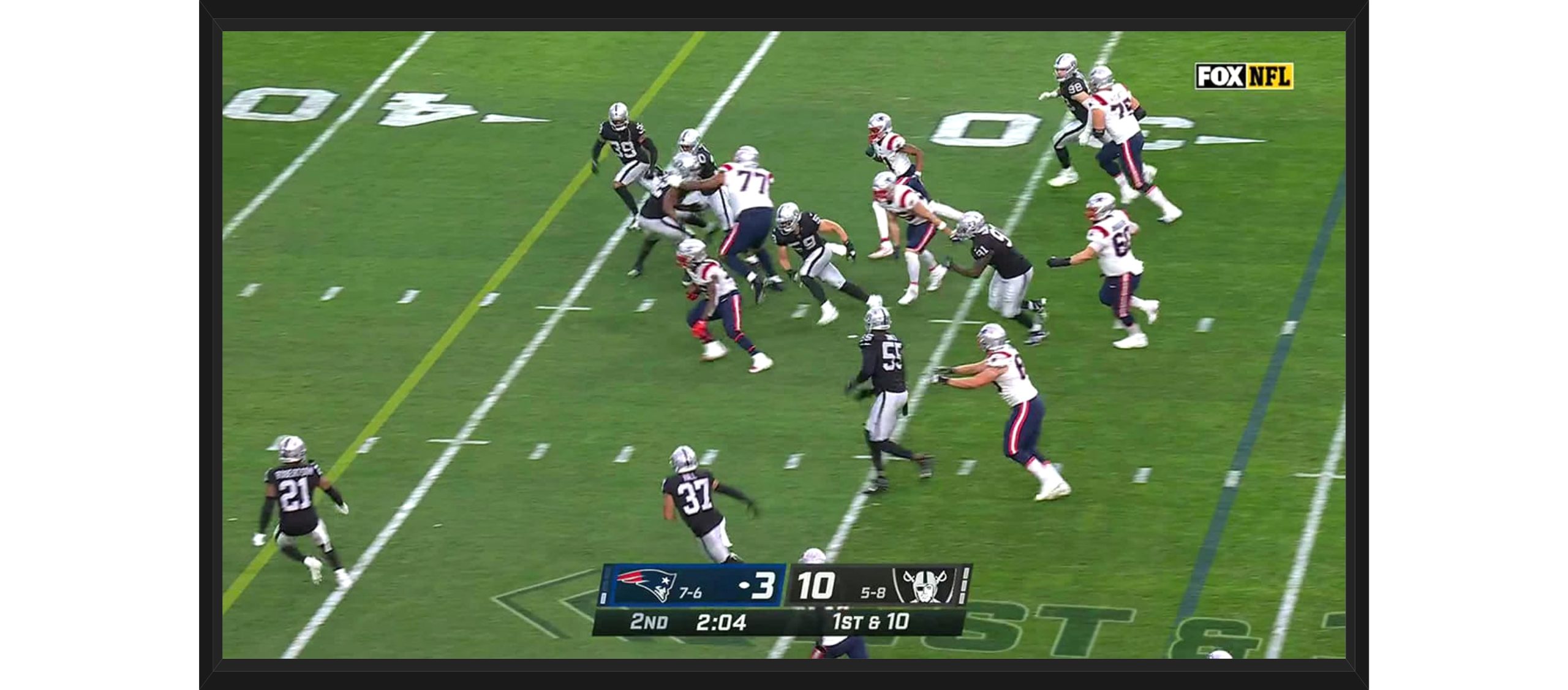
Cinema Format Projector Conversion Lenses
 |
||||
See the new CEDIA interview from AV Nirvana here.
Panamorph conversion lenses work with the anamorphic modes of today’s most popular projectors to activate millions of unused black bar pixels – filling 2.4:1 cinema-format projection screens for theaters and commercial/educational venues with up to 30% higher brightness and detail while the Alpha and Alpha Pro also expand the image for an immersive experience far beyond what you can get even with the largest flat panel TV.
-
- Alpha CDR, Alpha Pro CDR and CDRG2 lenses are “CDR” for Consumer Display Resolution and are optimized for use of 16:9 display panels or the 16:9 portion of 17:9 display panels in most projectors having anamorphic modes. The Alpha DCR, Alpha Pro DCR and DCRG2 are “DCR” for Digital Cinema Resolution and are optimized for 17:9 projectors.
-
- Alpha Pro lenses (independently mounted) are just much larger versions of the corresponding Alpha (mounted to projector withe XM3 plate) lens models. There is no performance difference on the screen. The Alpha Pro models are recommended for projectors with larger beams or to provide a more “future-proof” lens to be used for when a larger projector replacement may be desired in the future.
-
- Both the Alpha DCR/CDR ($11,995) and Alpha Pro DCR/CDR ($19,995) include Panamorph’s fully-coated, proprietary, distortion-free optical system whereas the DCR/CDR-G2 lenses ($6,995) use the same industry-awarded performance as previous DCR models. DCR lenses deliver approximately 23% higher brightness and CDR lenses deliver approximately 30% higher brightness for the cinema format.
-
- The Alpha DCR/CDR and DCR/CDR-G2 include the XM3 plate system for direct mounting to Sony XW, JVC D-ILA and Epson QB/LS projectors or for mounting the XM3 plate between the projector and ceiling mount. A bracket is included with the Alpha Pro either for shelf mounting or to attach to a dedicated Chief RPA/RPM ceiling mount (not included).
-
- Alpha CDR and Alpha Pro CDR lenses expand the projected image width by 14% to support larger images beyond the projector’s capability. The Alpha DCR and Alpha Pro DCR expand width by 10%. Remember to factor in this expansion during your projector throw ratio analysis. Effectively the native throw ratio of the projector should be divided by 1.14 or 1.10 respectively for the full range of throw ratios in your theater. DCR/CDR-G2 lenses do not change the image width.
-
- Recommended throw distance for all lens models is between 12 and 30 feet. Optional corrector components ($5,000 MSRP) can modify the Alpha Pro DCR/CDR for optimum performance at 30′ – 40′, and 40′ – 70′.
-
- Lenses support projectors up to 12,000 lumens (Alpha and DCR/CDR-G2) and 30,000 lumens (Alpha Pro DCR/CDR).
-
- See the installation guides for lens specifications and viewing modes …
Alpha CDR + XM3 Installation Guide
Alpha DCR + XM3 Installation Guide
Alpha Pro DCR Installation Guide
Alpha Pro CDR Installation Guide
DCR/CDR-G2 Installation Guide
- See the installation guides for lens specifications and viewing modes …
-
- No projector zoom/shift/focus features are needed with any Panamorph lens model.
- Alpha DCR/CDR and DCR/CDR-G2 lenses accept a beam up to 58mm W x 44mm H while Alpha Pro DCR/CDR accepts a beam up to 75mm W x 50mm H, both measured with the projector zoom at a 1.4:1 throw ratio.
| TOP RECOMMENDED LENS MODELS FOR POPULAR PROJECTORS | Anamorphic Projector Modes | |||
| Sony – XW5100 XW6100 XW8100 Bravia 7/8/9 | Alpha CDR + XM3. Image will 14% wider than the native image. | V-Stretch, Squeeze, Normal |
||
| Sony – GTZ380 | Alpha Pro DCR. Image will be 10% wider than the native image. | |||
| JVC – All D-ILA models with 65mm projector lens | Alpha DCR + XM3. Image will be 10% wider than the native image. | Anamorphic C, Anamorphic D, Normal | ||
| JVC – All D-ILA models with 80mm projector lens | Alpha DCR + XM3. Image will be 10% wider than the native image. Use only for theater throw ratios above 1.6:1, otherwise use Alpha Pro DCR. | |||
| JVC – All D-ILA models with 100mm projector lens | Alpha DCR + XM3. Image will be 10% wider than the native image. Use only for theater throw ratios above 1.6:1, otherwise use Alpha Pro DCR. | |||
| Epson – QB1000 | CDRG2 + XM3 (does not change image width) or Alpha CDR + XM3 (distortion-free image will be 14% wider than the native image). | Anamorphic Wide, Anamorphic Squeeze, Auto | ||
| Epson – QL3000, QL7000 | Alpha Pro CDR. Image will be 14% wider than the native image. |

